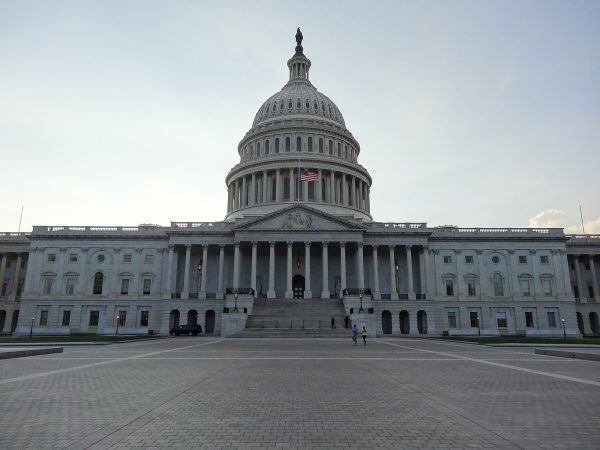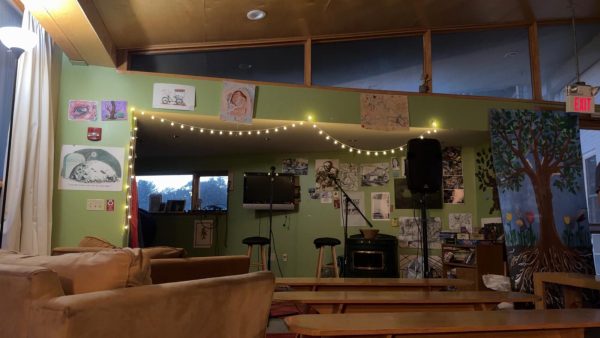Lead Lends Insight Into Colonial America
Allison Curely ’19 and Assistant Professor of Earth Sciences Alyson Thibodeau spent two weeks at the University of Arizona last summer researching the isotopic compositions of lead to gain further insight into social and political relationships in the post-colonial Andes. They presented their findings to the Dickinson community on Tuesday, Jan. 30.
Thibodeau and Curley, along with a fellow chemistry major who had recently graduated, traveled to the University of Arizona for specific facilities to perform the isotopic measurements of lead that they needed. With an average temperature of 100 degrees Fahrenheit in Phoenix, they spent the majority of their time in temperature-controlled basement laboratories.
Afterwards, Curley described the lead isotope investigation that she and her co-workers performed on qeros, ritual drinking cups manufactured in the Andes both prior to and after the arrival of the Spanish.
As qeros were used primarily to express reciprocal social and political relationships, the team looked at the cups produced between the years 1600 and 1800 to decide how such cultural objects were used during colonial periods.
As colonial-period qeros were decorated with white lead pigments introduced to the Andes by the Spanish, they questioned how the origin of white lead pigment applied to the cups. The team concluded that variations in the ratio of white lead pigment was caused by differences in age, source, and the chemistry of different ore deposits. These isotopes acted as a fingerprint that was characteristic of different ore sources.
Ore, according to the Merriam Webster Dictionary, is “a naturally occurring mineral containing a valuable constituent (such as metal) for which it is mined and worked.”
Additionally, the team questioned whether sources of white lead pigment changed over time, comparing Andean to Spanish ore signatures.
According to written records, the Spanish imported white lead pigment to the Andes, as decorated on the qeros, during colonial times. Over time, they started to notice an Andean signature decorated with white lead of Andean origin on the qeros from middle to late colonial times.
Kalei Downing ’21 said that the talk was interesting “because you got to hear the combination of archaeology and chemistry and how they…overlap. Along with how you can use both together to make another discovery or get to an end goal.”
Peter Kohart ’21 thought it was amazing to get to see the research that current students and faculty were working on. “To me, this one was special because they got to collaborate with the Smithsonian to learn something that wasn’t known before,” says Kohart.
Nate Brower ’21 “didn’t understand all of the scientific terms,” but he “still felt like I learned a lot. It was really nice to see all of the opportunities and support that the earth sciences department gives Dickinson students.”
Curley and Thibodeau concluded that lead isotopes could be functioning as a colonial marker for qeros from that period. Looking at the lead isotopes could be used for chronological studies in other future scenarios.
Thibodeau and Curley’s presentation in collaboration with the Smithsonian, titled “Lead isotope investigation of colonial-period ceremonial drinking cups from the Andes” was the first installment in the Earth Science Lunch & Learn Seminar Series.




